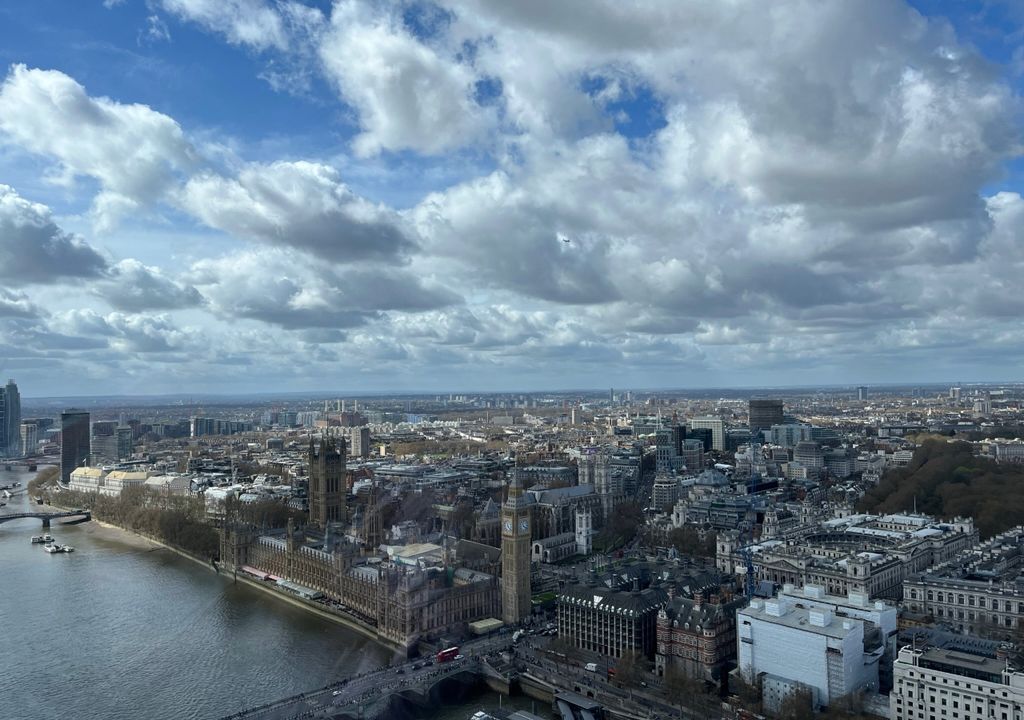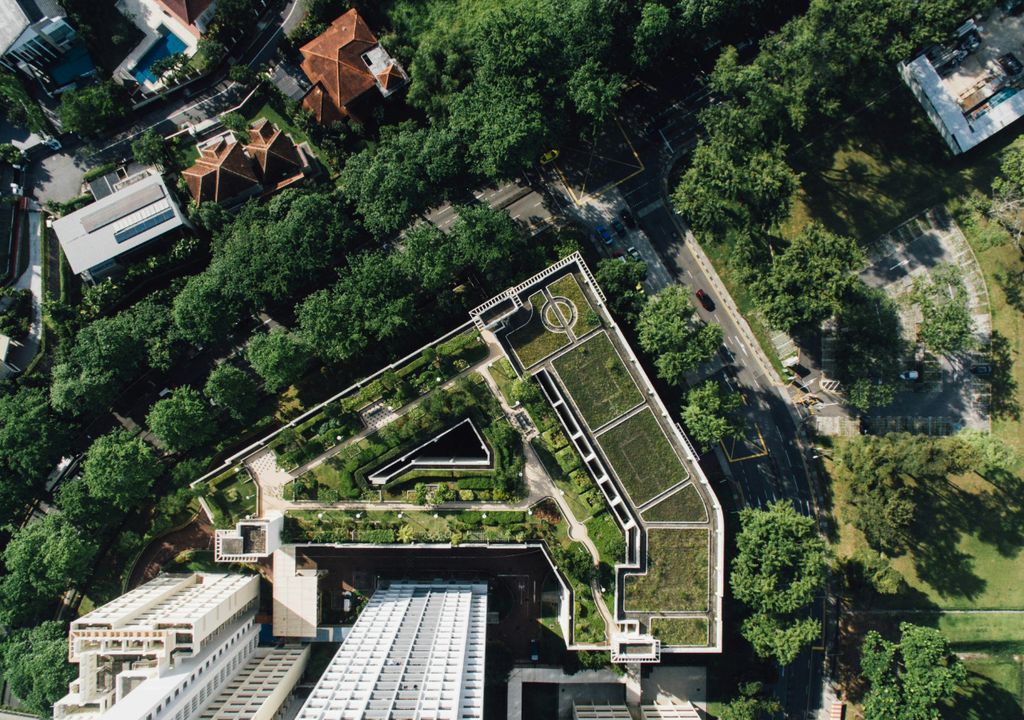Keeping London cool: Paint the city's roofs white?
Study exploring the best way to keep cities cool finds white ‘cool roofs’ more effective than green, vegetation-packed roof tops.

London could be more effectively cooled by painting roofs white or covering them with a reflective coating rather than creating green vegetation-covered roofs, street-level vegetation or solar panels.
The UCL-led study also found that the extensive use of air conditioning could warm the outside environment by around 1°C in London’s dense city centre.
Urban Heat Islands
City dwellers are particularly vulnerable to warming temperatures as cities tend to trap heat; this Urban Heat Island effect can cause greater discomfort and increase mortality during hot spells.
Adapting to or mitigating these warming temperatures is a high priority for city planners, and through this study, researchers offered a comprehensive comparison of several common passive and active heat mitigation actions using a 3D urban climate model of Greater London.
Researchers tested the thermal effects of painted “cool roofs,” rooftop solar panels, green roofs, ground level tree vegetation and air conditioning as if they’d been as widely adopted as theoretically feasible across housing, commercial and industrial buildings throughout Greater London during the two hottest days of summer in 2018 – the warmest on record.
White or green?
If adopted widely throughout London, cool roofs could reduce outdoor temperatures across the city by an average of 1.2°C, and up to 2°C in some areas. By reflecting rather than absorbing heat, they have the dual benefit of cooling the outside urban environment and the inside of buildings.
Although systems like extensive street-level vegetation or solar panels would provide a smaller net cooling effect, roughly 0.3°C across London, they also offer other environmental benefits. Transforming greenspaces to deciduous tree cover would cool overnight temperatures but have mixed net effects during the day and would increase the amount of water vapour in the air, increasing air humidity and thermal discomfort.
Green roofs, despite offering benefits like water drainage and wildlife habitats, had a negligible average net cooling effect, although this varied significantly throughout the day. At the warmest times of day, green roofs could lower urban temperatures by an average of 0.5°C, but night-time temperatures would increase by roughly the same amount as the thermal mass from the roofs would retain daytime heat and release it after dark.

Air conditioning would warm the outdoor urban environment by about 0.15°C for the city overall, but dense central London could warm by as much as 1°C. The researchers also found that the increase in the distribution of air con units in their model could be entirely powered by photovoltaic solar panels if they were also installed to their fullest extent.
“We comprehensively tested multiple methods that cities like London could use to adapt to and mitigate warming temperatures, and found that cool roofs were the best way to keep temperatures down during extremely hot summer days,” says lead author Dr Oscar Brousse (UCL Bartlett School Environment, Energy & Resources). “Other methods had various important side benefits, but none were able to reduce outdoor urban heat to nearly the same level.”
News reference
Brousse, O. et al. (2024) Cool Roofs Could Be Most Effective at Reducing Outdoor Urban Temperatures in London (United Kingdom) Compared With Other Roof Top and Vegetation Interventions: A Mesoscale Urban Climate Modeling Study, Geophysical Research Letters.








